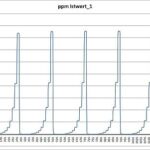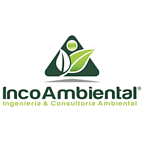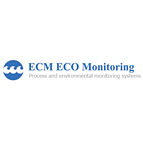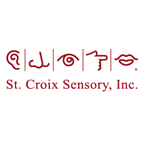Equipment and technologies for odour, VOC and corrosive gas testing
Instruments for odour laboratories, VOC emission testing and corrosive gas testing
As a manufacturer of olfactometers, VOC emission test chambers, corrosive gas test chambers, sampling equipment and software, we do everything we can for reliable and user-friendly odour, VOC and corrosive gas testing. Our complete solutions are field-tested in a variety of environments and optimally matched to each other. We are the only manufacturer, accredited testing laboratory and service provider for odour measurements in one. This is how we help you and your clients to become better. Day after day. Since 1996, worldwide. We do this through
- quick analysis processes
- immediate, tangible results
- measurement procedures conforming to standards and ready for accreditation
- optimised interfaces between human being and machine
- mobile application possibilities
- ergonomic designs
- and reliable support
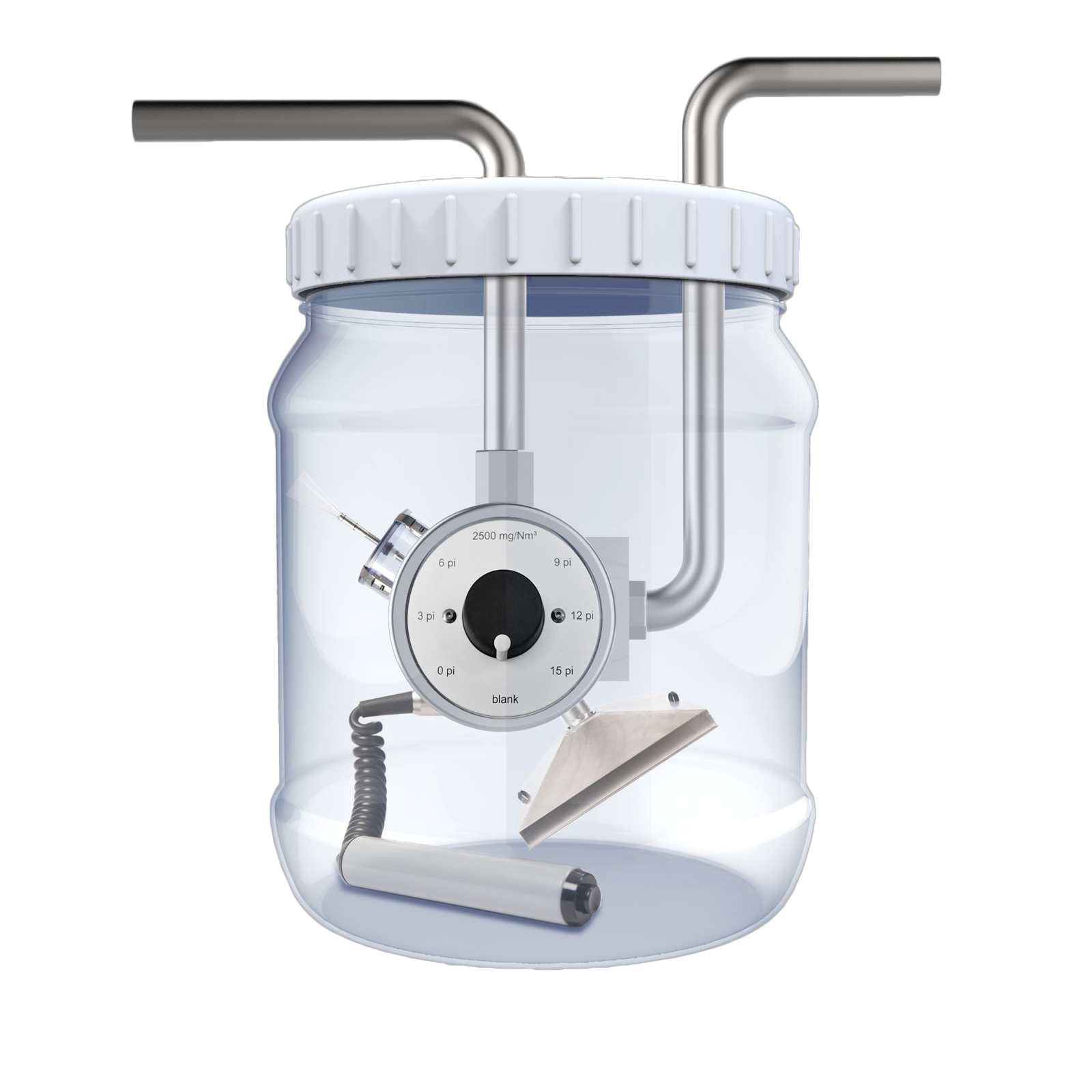

Trust in the reliability and user know-how of the worldwide market leader!
Olfasense odour measurement equipment and techologies are solutions from users for users. Our expertise: More than 400 users of our technology worldwide, including research institutes, universities, odour laboratories and companies. Our claim: Maximum functionality, reliability and continuous development of odour measurement procedures and methods for
- equipping odour laboratories
- improved panel selection
- expansion of the scope
- accreditation and notification
Take advantage of the best odour measurement devices and technologies – worldwide
Olfactometers
Odour measurement equipment for direct and comparative evaluation
Sampling equipment
Software products
Ion mobility spectrometry instruments
Odour laboratory accessories
Characterize VOCs under precise test conditions with our highly accurate and affordable standardized solutions
Single VOC emission test chambers
Multi VOC test chamber system
Customised chambers & accessories
Sophisticated corrosive gas testing according to different testing standards
Corrosive gas test chambers
Sniffing sticks & reference material
Sniffing sticks for panel selection
Sniffing sticks for odour characterisation
Sniffing sticks for odour intensity training
Customised sniffing sticks sets
VDA 270 training kits
Download our product catalogue
Client feedback
Take advantage of our service and support
Certified distributor network
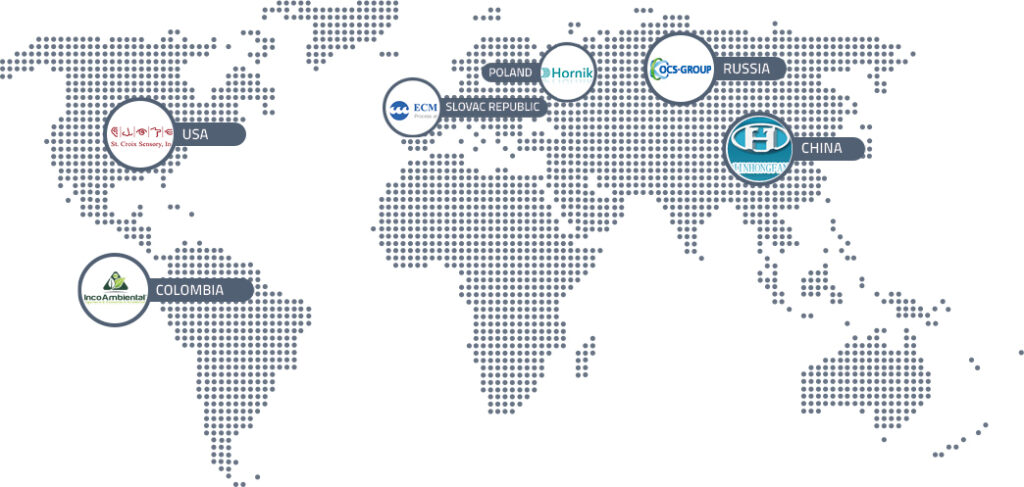


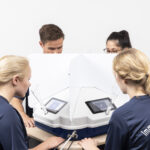
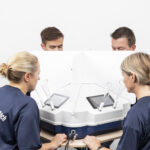

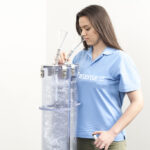
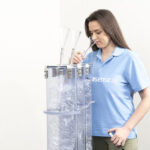
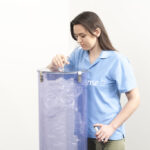
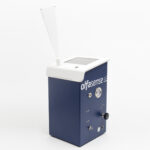

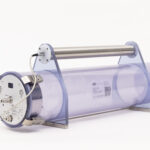
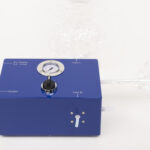
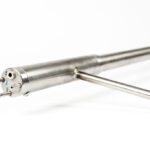
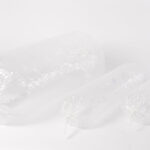
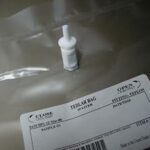
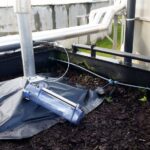
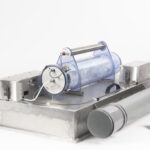
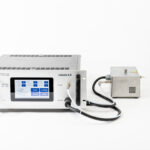
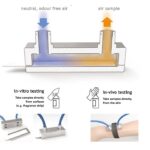
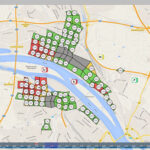

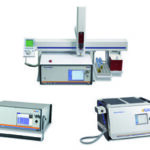
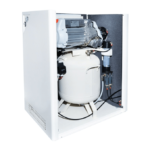
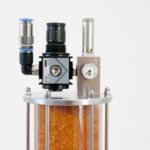
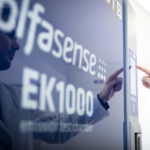
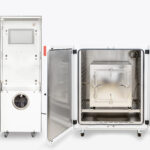
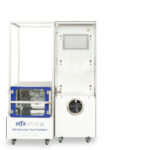
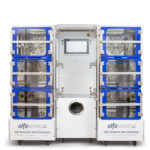
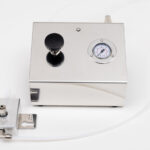
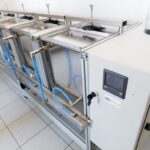
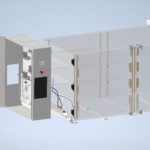
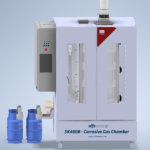
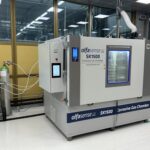
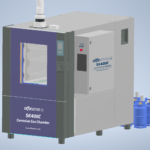
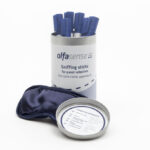

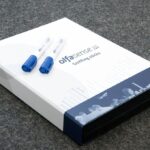

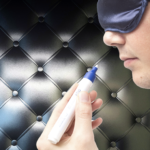
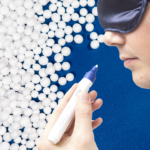
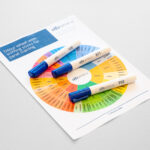
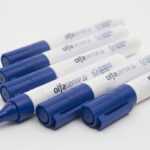
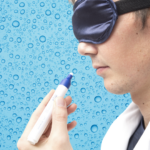


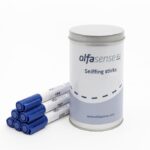
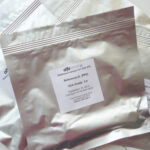
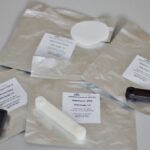
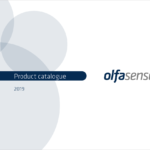


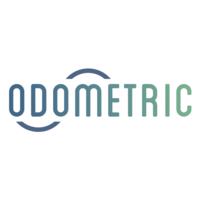
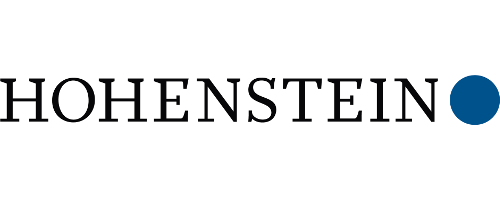

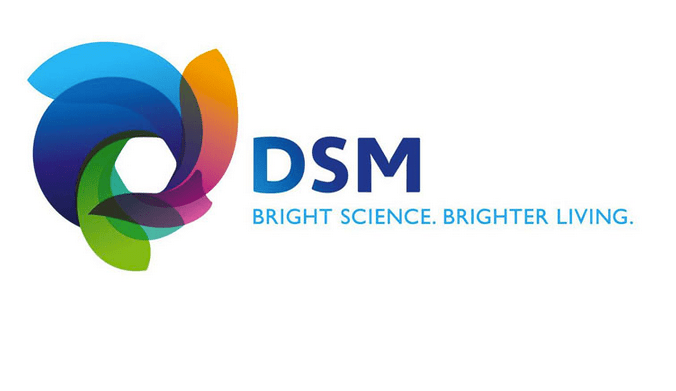
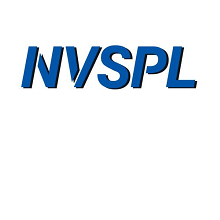



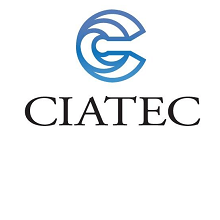



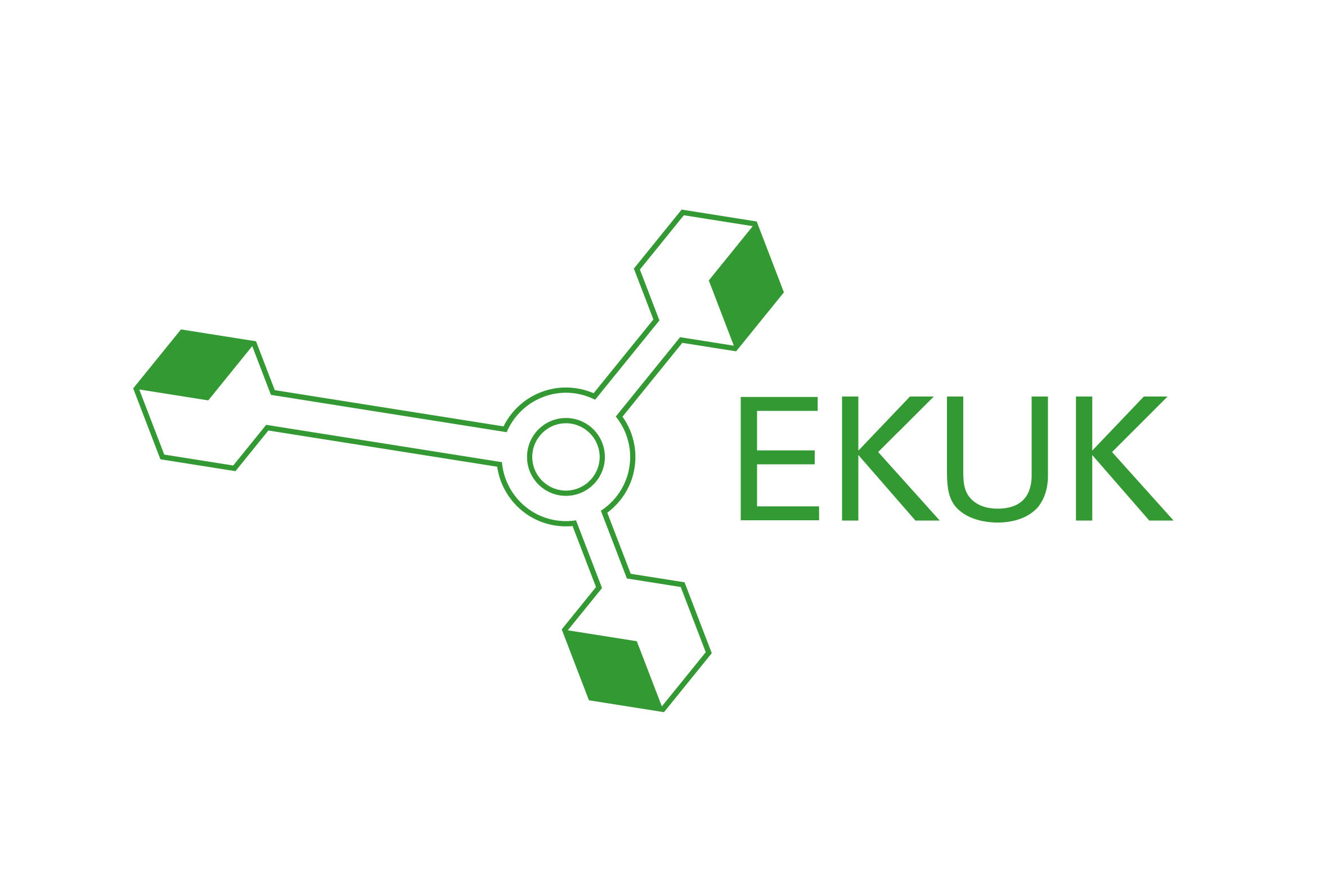
 Every new thing requires adaptation, and fortunately, a new generation is growing up at the Estonian Environmental Research Centre air lab, who are even more enthusiastic about operating in the field of odor assessment. At the moment, we can state that the field of odor assessment has been one of the most steadily growing services in our air lab. We hope to further enhance the quality of this service in collaboration with Olfasense and be prepared for possible innovations in the process of odor assessment!
Every new thing requires adaptation, and fortunately, a new generation is growing up at the Estonian Environmental Research Centre air lab, who are even more enthusiastic about operating in the field of odor assessment. At the moment, we can state that the field of odor assessment has been one of the most steadily growing services in our air lab. We hope to further enhance the quality of this service in collaboration with Olfasense and be prepared for possible innovations in the process of odor assessment!





